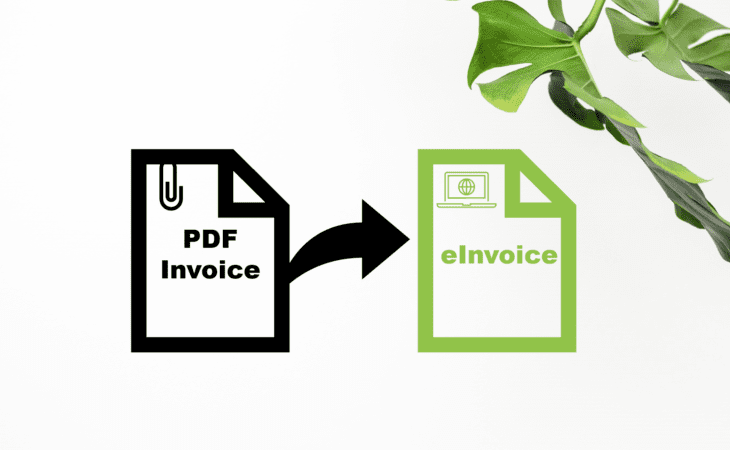
Eye-share constantly makes improvements to our solutions to meet customer expectations, while also having to adhere to new guidelines and requirements.
A central challenge our customers experience is the transition from receiving traditional PDF invoices to receiving eInvoices. The format is undergoing changes, and Peppol BIS 3.0/EHF has new guidelines that discourage such practices going forward.
Although some suppliers still send you PDF invoices if specifically requested, most will likely show little willingness from the supplier’s side going forward, as this format is now being phased out.
The challenge of PDF attachments in Peppol BIS/EHF invoices
When Peppol BIS 3.0, which is the same as EHF (Electronic Trade Format) in Norway, was developed a few years ago, a change was made so that the invoice attachment would no longer be treated as an invoice. In practice, however, we saw that the vast majority of Norwegian, and also some foreign suppliers, continued to submit PDF invoices as attachments in their Peppol BIS invoices. This practice has served as a useful bridge between the old and new invoicing methods. The reason suppliers have continued to send PDF attachments is because the specification has been difficult to follow. The suppliers’ invoice systems have not been able to output the correct data in the right fields, so attaching a PDF invoice became more useful.
eye-share Workflow’s response to the change
To address this challenge, we are working to make the eInvoice viewing in eye-share Workflow as informative and user-friendly as possible, so that the transition from PDF invoices to eInvoices is as seamless as possible for our users. We have not yet determined the specific timing for when these improvements will be available in eye-share Workflow, but we are committed to keeping our users updated.
What does the format specification say?
In the technical details, the Peppol BIS format specification emphasizes:
6.2.10. Binary objects Binary objects can be used to describe files transferred along with the invoice. The attachment functionality is not meant to include a copy of the invoice in an image format (such as PDF). Including an invoice copy violates the specification.
This point confirms the importance of the direction eye-share Workflow is now taking by optimizing the viewing and processing of eInvoices directly, without the need for PDF attachments.
Change in eye-share Workflow
As a result of the above, more and more information is now being fed into the Peppol BIS files, causing more suppliers to stop sending PDF attachments of the invoice going forward. In eye-share Workflow, we will facilitate displaying as many fields as possible from the eInvoice in the HTML view.
The future of invoice processing
As we navigate through this transition period, it is clear that efficient invoice processing requires both adaptation and improvement of systems to meet new standards. For those who want to delve deeper into the details of the Peppol BIS format, you can find more information in the sidebar.



